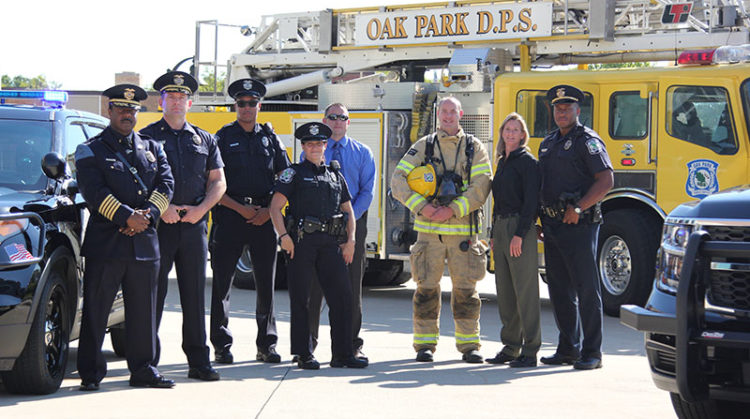
April 12, 2021
JAW DROP | Email Heading Ref: QSO-21-15-ALL

Fires. Floods. Tornadoes. Hurricanes. Shootings. Utility failures. Pandemics. Domestic violence. Hazardous material incidents. Nuclear power emergencies. Missing residents. The list of potential emergencies that can interfere with normal operation goes on and on.
The Centers for Medicare & Medicaid Services (CMS) now requires long-term care facilities to have a written emergency operation plan (EOP) that is consistent with the hazards they face and also requires that facilities provide realistic training for employees, regardless of shift. Some facilities are not finding this to be a challenge because they already were ahead of the game; others are finding this to be one of the more difficult challenges they have faced.
In a publication dated Feb. 28, CMS issued Survey and Certification Letter 14–12, which provided key requirements for compliance. Key points:
During an emergency, seamless integration with the local public safety agencies is critical. Working with your local emergency management teams will help achieve this goal and will help assure that your plan is consistent with local emergency response plans.
Not all communities are created equal, and the hazards they face are not the same, either. Many healthcare systems have found their EOPs to be ineffective when they tried to create one EOP and implement it across all facilities in the network. An HVA allows each facility or community to identify the hazards that are specific to that location, and to develop an EOP consistent with the hazards they identify.
Making the decision to evacuate or to shelter in place is a “damned if you do/damned if you don’t” position for an employee to be in. The plan must include checklists or other methods to help employees make the right decision.
The plan must not only include provisions for the continuity of care, but must also address transportation, foods and supplies, pharmaceuticals and much more.
The plan must include communication infrastructure contingencies in the event of telephone failures.
Before attempting to develop an EOP, responsibility and accountability must first be established. The Safety Committee, which every facility should already have in place, has proven to be the logical starting point in many facilities. Some facilities have found success by forming an Emergency Preparedness Subcommittee within the Safety Committee. There is no right or wrong method, but you will enjoy much more success and buy-in when responsibility is shared by a group.
HT : https://www.iadvanceseniorcare.com/blogs/steve-wilder/long-term-care-emergency-preparedness
Leave a comment